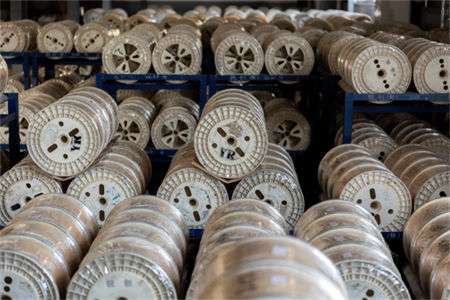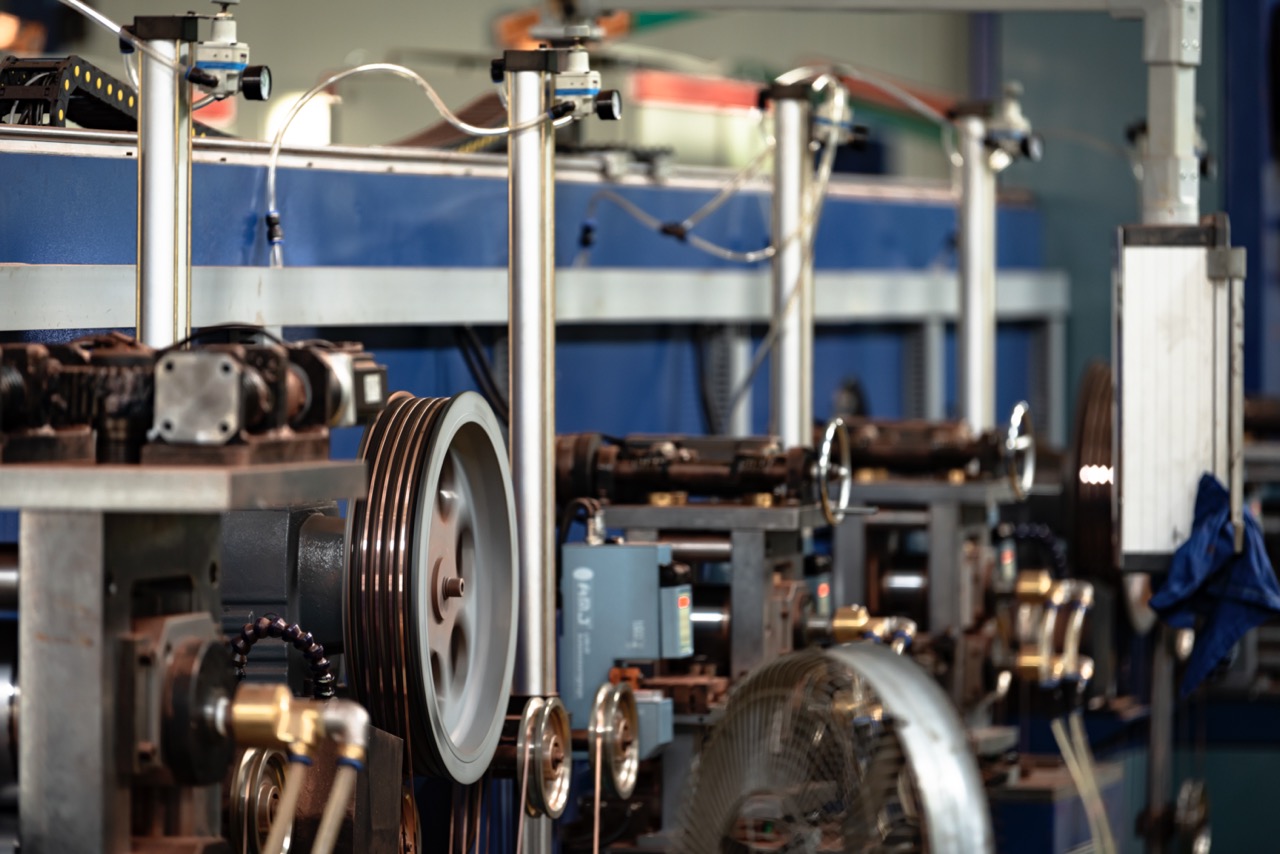The production process of resistor copper strips usually involves multiple steps, and each link needs to be strictly controlled to ensure the quality and performance of the final product. The following is the production process of resistor copper strips:
1. Raw material preparation
Copper material selection: Choose high-purity copper material (usually 99.9% purity or above) to ensure good conductivity and ductility.
Cleaning: Clean the surface of the raw materials to remove the oxide layer and impurities to ensure smooth subsequent processing.
2. Cutting
Cutting into sections: Cutting large pieces of copper into small sections of appropriate lengths to prepare for subsequent rolling and drawing.
3. Smelting
Smelting treatment: Smelting copper materials at high temperatures to remove impurities and form a uniform copper liquid to ensure the consistency of the material.
4. Casting
Casting: The molten copper is cast into copper wire, which is then cooled to form the initial shape of the copper material.

5. Hot rolling
Hot rolling: The copper wire is initially rolled through a hot rolling mill to reduce its thickness and improve its internal structure.
6. Cold rolling
Cold rolling: The hot-rolled copper wire is cold rolled to further reduce the thickness and width to the required specifications.
7. Pulling
Drawing into wire: Through the drawing process, the copper strip is drawn into a resistor copper strip, and its diameter, shape and strength are controlled.
8. Annealing
Annealing: Annealing is performed on the drawn copper wire to eliminate internal stress and improve flexibility and ductility. Protective atmosphere annealing is usually used to prevent oxidation.
9. Surface treatment
Surface finishing: Polishing, cleaning and other treatments are performed on the copper wire to ensure surface smoothness and prevent oxidation and corrosion.
10. Quality Inspection
Inspection process: Conduct comprehensive quality inspection on finished products, including diameter, tensile strength, conductivity, surface quality, etc., to ensure that the products meet the standards.
11. Cutting and packaging
Cutting finished products: Cut qualified copper wire into lengths specified by customers.
Protective packaging: Packed with anti-oxidation materials to ensure that it is not damaged during transportation and storage.
12. Storage and delivery
Storage management: Place finished products in a suitable environment until they are shipped or picked up by customers.
Summarize
The production of resistor copper strip is a complex process involving multiple links such as raw material selection, smelting, casting, rolling, drawing, annealing, surface treatment, etc. Each step needs to be strictly controlled to ensure that the final product has excellent conductivity and mechanical strength.
